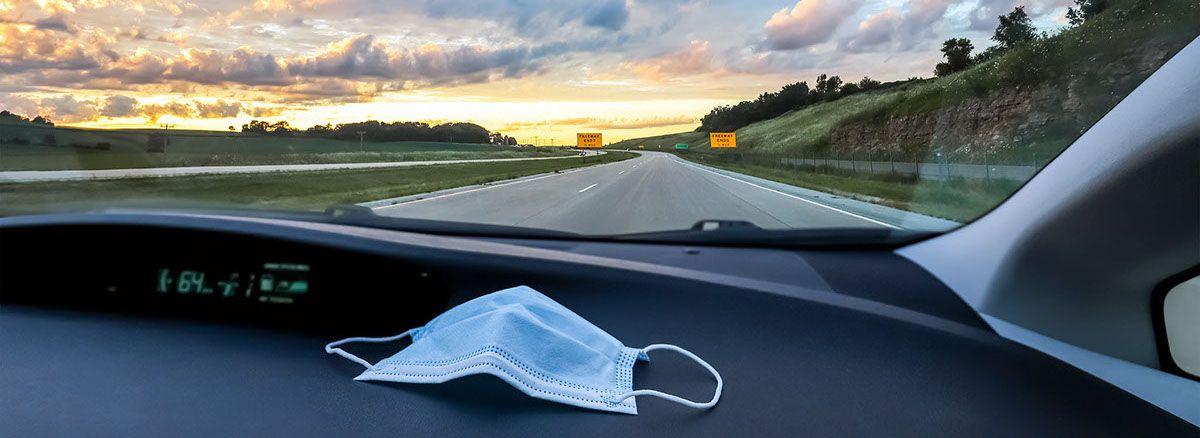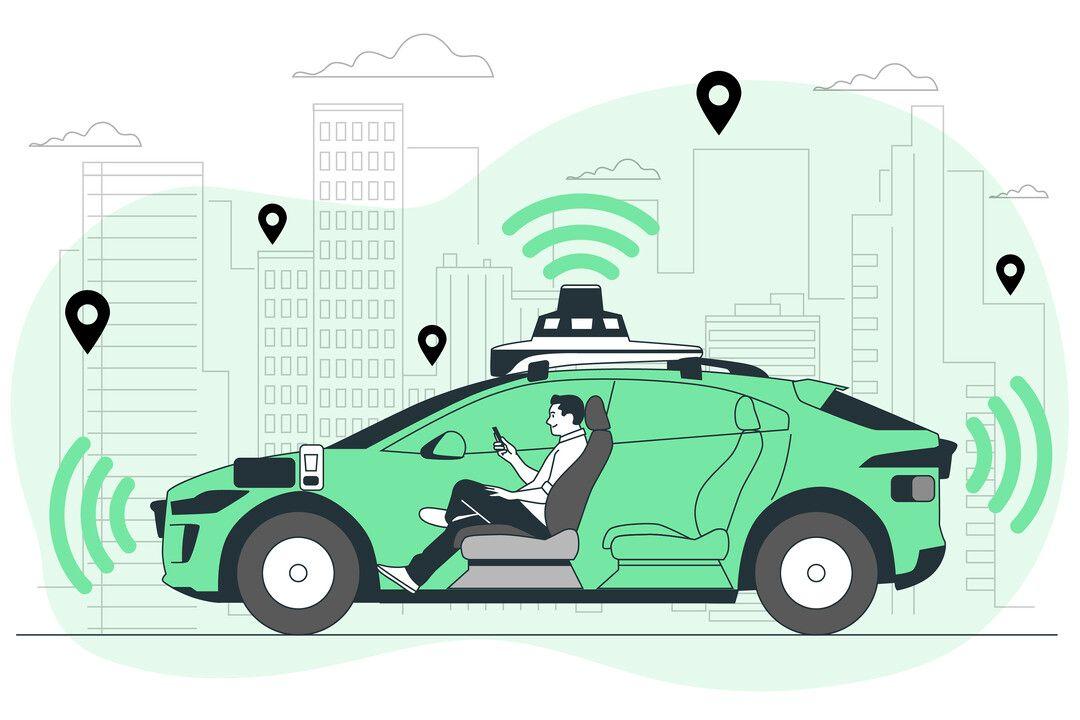The Beginner's Guide to Clutch Control
by DrivegateJuly 21, 2024

Mastering clutch control is essential for smooth driving, especially when operating a manual transmission vehicle. Here's a comprehensive guide to help beginners understand and practice clutch control effectively.
Understanding the Clutch
The clutch is a mechanical device that connects and disconnects the engine from the wheels, allowing you to change gears. Proper use of the clutch is crucial for smooth gear shifts and vehicle control.
Components of Clutch Control
Clutch Pedal: The pedal on the far left.
Friction Point: The point where the clutch plates start to engage and the car begins to move.
Basic Steps for Clutch Control
1. Starting the Car:
- Press the clutch pedal all the way down before starting the engine.
- Keep the car in neutral or press the clutch if in gear.
2. Finding the Friction Point:
- With the engine running, press the clutch pedal down and shift into first gear.
- Gradually release the clutch pedal until you feel the car start to move. This is the friction point.
- Hold the pedal steady at the friction point to move the car slowly.
3. Moving Off:
- Slowly release the clutch while gently pressing the accelerator.
- Balance the clutch and accelerator to prevent stalling.
Practicing Clutch Control
Hill Starts: Practice on a gentle incline. Use the handbrake to hold the car, release the clutch to the friction point, and then release the handbrake while pressing the accelerator.
Stop-Start Traffic: Practice in a quiet area. Use the clutch to move the car slowly without using the accelerator too much.
Common Mistakes and Tips
Riding the Clutch: Avoid keeping your foot on the clutch pedal while driving, as it can cause unnecessary wear.
Stalling: If the car stalls, press the clutch, shift to neutral, restart the engine, and try again.
Smooth Transitions: Practice makes perfect. The smoother you can release the clutch and press the accelerator, the less likely you are to stall.
Advanced Clutch Control
Downshifting: When slowing down, press the clutch, shift to a lower gear, and then gradually release the clutch.
Double Clutching: Useful in older vehicles, this involves pressing the clutch twice when shifting to synchronize the gears.
Tips for Success
Stay Calm: Practice in a stress-free environment to build confidence.
Take Breaks: Avoid fatigue by taking regular breaks during practice sessions.
Seek Guidance: Consider professional driving lessons to get personalized feedback and tips.
By understanding and practicing these steps, beginners can gain confidence and skill in clutch control, leading to smoother and more enjoyable driving experiences.
Want to hear the latest on Drivegate?
Sign up for our newsletter to stay updated on all you need to know about being a new driver on the road.



